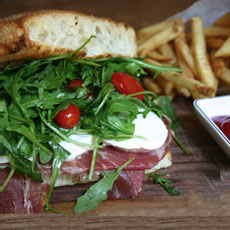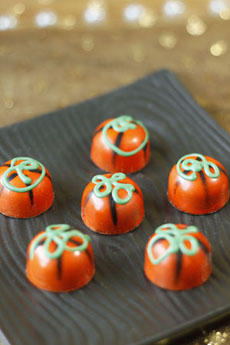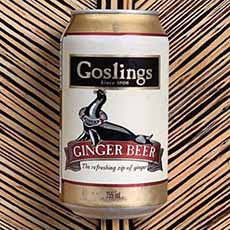|
Today is National Vodka Day. Do you know the first vodka cocktail invented in the U.S.? (If you read the headline of this article, you do).
Today vodka and vodka cocktails are ubiquitous. In 2011, roughly 62 million 9-liter cases of vodka were sold in the U.S: the most of any spirit category.*
MOSCOW MULE HISTORY
The Moscow Mule has its own holiday: March 3rd. Here’s how it came to be.
In the 1940s, vodka represented a tiny fraction—just $50,000—of the then-$2,000,000,000-a-year U.S. spirits industry.
The Moscow Mule was invented in 1941 by John G. Martin of Heublein (grandson of founder Gilbert Heublein); Jack Morgan, president of Cock ‘n’ Bull Products (which produced ginger beer**) and proprietor of the Cock ‘n’ Bull restaurant on Sunset Boulevard in Los Angeles, popular with movie stars; and Rudolph Kunett, president of the Pierre Smirnoff, Heublein’s vodka division.
One evening at the Chatham Hotel (no longer extant) in New York City, the trio wondered what would happen if they mixed a two-ounce shot of Smirnoff vodka with Morgan’s ginger beer and a squeeze of lime.
Four or five drinks later, the new cocktail was christened the Moscow Mule. Why?
Vodka is associated with Russia;† Moscow is the capital. “Buck” and “mule” are antiquated names for a family of mixed drinks that incorporate ginger ale or ginger beer and citrus juice (more about them).
WHY THE COPPER MUG?
To aid vodka sales, Martin and Morgan promoted the new cocktail at the Cock and Bull restaurant. To amp up the marketing, it was served in a copper mug engraved with two mules kicking up their heels.
Many of the stars had their own mugs engraved with their names, hanging over the bar. Martin and Morgan knew how to use star power to sell a drink!
RECIPE: THE ORIGINAL MOSCOW MULE
Ingredients Per Drink
2 shots Smirnoff vodka
Juice from 1/2 fresh lime
Ginger beer to taste
Ice
Preparation
Combine ingredients in a cocktail shaker. Strain into a rocks glass.
You’ll find modern variations that turn the Moscow Mule into a tall drink, add cranberry juice, orange bitters, substitute lemon juice for the lime juice, and so forth.
But that night at the Chatham Hotel, the three inventors used only vodka, lime juice, ginger beer and ice. Follow suit for an authentic Moscow Mule.
You don’t need copper mugs, but you can buy them on Amazon.com, with or without an engraved kicking mule.
|






